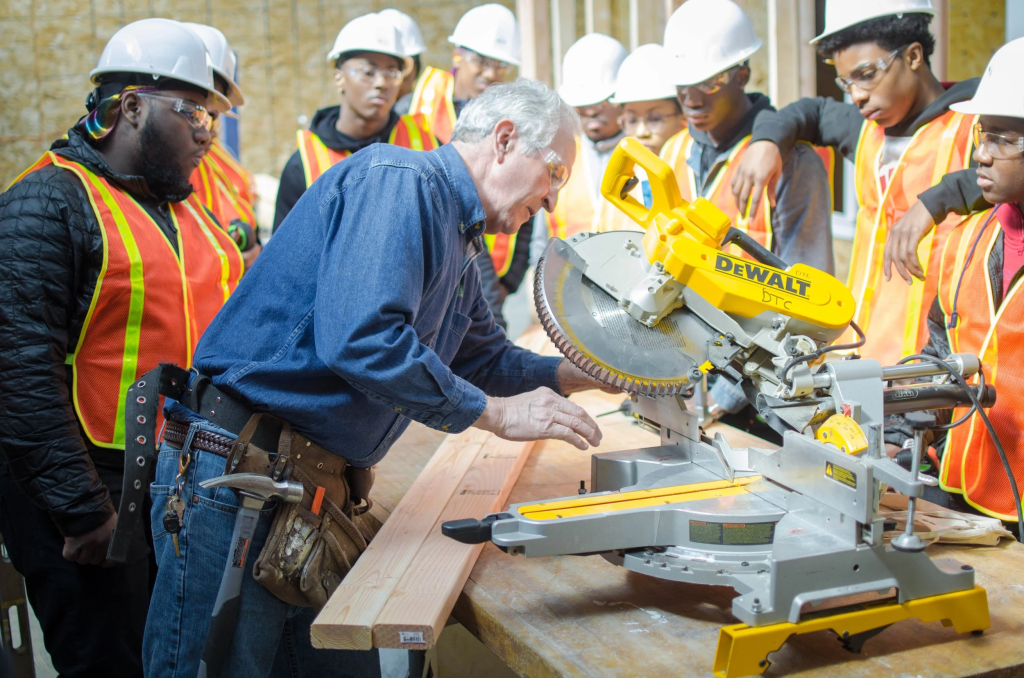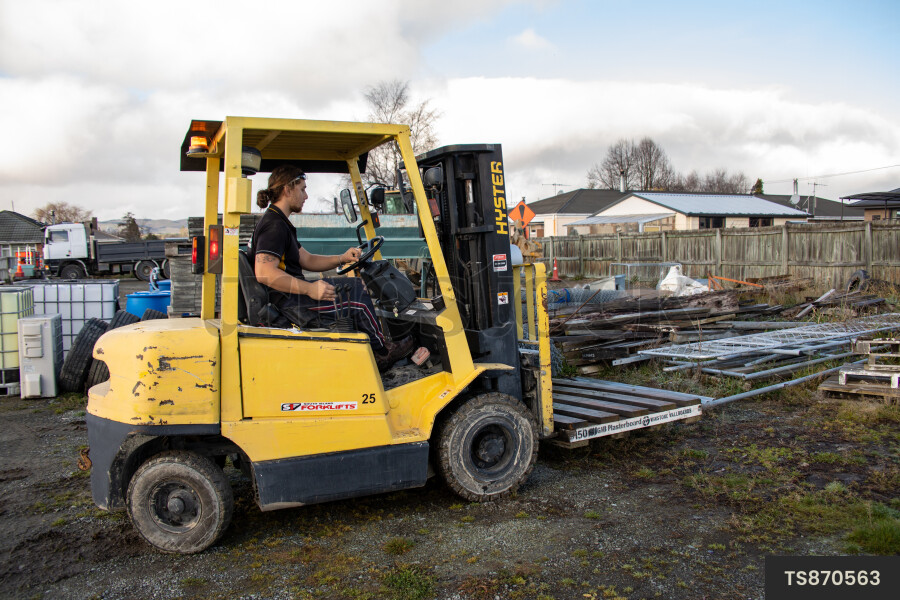In every city and small town across the United States, carpenters are the backbone of construction, renovation, and design. From building new homes and installing cabinets to restoring historic properties, carpentry offers not only creative satisfaction but also job stability, strong wages, and long-term career growth. Yet, many people still see it as an outdated trade — when in fact, skilled carpenters are more in demand today than ever before.
If you’ve ever enjoyed building something with your hands or wondered how to turn craftsmanship into a profession, this guide will help you understand how to enter the carpentry trade, the stages of career development, and what it takes to succeed in this growing field.

Why Carpentry Still Matters in America
The U.S. housing and renovation industries continue to grow rapidly, driven by new construction, aging infrastructure, and the popularity of home remodeling. According to the Bureau of Labor Statistics (BLS), employment for carpenters is expected to remain steady — with more than 800,000 active carpenters nationwide.
Homeowners increasingly prefer custom woodwork, from personalized furniture to intricate interior finishes. Skilled carpenters also play a key role in commercial construction, green building, and restoration work. Unlike many office jobs, carpentry offers tangible results — you can see and touch the product of your labor.
For those who like problem-solving, creativity, and hands-on work, carpentry is a profession that combines art, skill, and opportunity.
What Does a Carpenter Actually Do?
Carpentry covers a wide range of specializations. Depending on your interests, you can choose different paths, such as:
- Residential carpentry: Building and remodeling homes, installing doors, floors, and cabinetry.
- Commercial carpentry: Working on office buildings, schools, and retail spaces.
- Finish carpentry: Precision work like trim, molding, and custom furniture.
- Framing carpentry: Building the basic skeleton of houses and large structures.
- Scenic or set carpentry: Creating stage sets for film, theater, or television.
Each specialization requires a unique mix of technical skill, safety awareness, and craftsmanship, but all begin with the same foundational knowledge — understanding tools, measurements, and materials.
How to Get Started: Entering the Carpentry Trade
Unlike many careers that demand a college degree, carpentry offers multiple entry paths. Here’s how most professionals begin:
- High School Preparation:
Start by taking courses in math, shop, and mechanical drawing. Understanding geometry and measurement is essential for cutting and fitting materials accurately. - Vocational or Technical School:
Many community colleges and trade schools offer carpentry or construction technology programs. These typically last 6–12 months and cover safety standards, blueprints, and practical skills. - Apprenticeship Programs:
This is the most traditional route. Apprenticeships combine on-the-job training with classroom instruction. Programs, often sponsored by unions or contractors, last about 3–4 years. Apprentices earn a salary while they learn, making this an affordable and effective entry point. - Entry-Level Experience:
Some start as carpenter helpers or laborers, assisting experienced carpenters. Over time, they learn tool handling, site safety, and basic construction tasks.
Career Progression: From Apprentice to Master Carpenter
Carpentry is a career built on experience and reputation. Here’s a look at the typical stages of progression:
- Apprentice (Beginner):
- Duration: 3–4 years.
- Focus: Learn the basics — measuring, cutting, framing, safety protocols, and using power tools.
- Average pay: $18–$25/hour depending on region.
- Journeyman (Skilled Professional):
- Once training is complete, you become a journeyman carpenter — a certified, fully qualified tradesperson.
- Focus: Work independently on complex projects, read blueprints, and specialize in certain techniques.
- Average pay: $30–$40/hour, with opportunities for overtime.
- Master Carpenter (Expert Level):
- A master carpenter is recognized for years of experience, leadership, and craftsmanship.
- Focus: Supervising large projects, training others, managing crews, or running a business.
- Average income: $70,000–$120,000 annually, depending on region and specialization.
Many master carpenters later open their own contracting or custom woodworking businesses, offering even greater income potential and creative freedom.
Skills Every Carpenter Should Develop
Success in carpentry requires more than just tool knowledge. Employers and clients value:
- Attention to detail: Precision is everything in measurements and alignment.
- Physical stamina and strength: Carpentry is hands-on work that involves lifting and standing for long hours.
- Problem-solving ability: Every project brings unique challenges.
- Communication skills: Working with clients, contractors, and team members is key.
- Safety awareness: Proper equipment handling and compliance with OSHA standards are critical.
As technology advances, carpenters who learn digital design tools (like CAD) or construction software gain a competitive edge in modern projects.
How to Choose the Right Training Path
When selecting a program or apprenticeship, look for:
- Accreditation from recognized trade associations (like the Associated Builders and Contractors or United Brotherhood of Carpenters).
- Hands-on training rather than only classroom learning.
- Job placement assistance or connections with local contractors.
- Modern safety and equipment instruction.
Online platforms and community colleges often provide part-time programs for those transitioning from other careers.
The Financial Side: Earnings and Outlook
Carpentry offers strong income potential without student debt. According to the U.S. Bureau of Labor Statistics, the median annual wage for carpenters is around $55,000, but experienced professionals and specialists can earn significantly more.
In states like California, New York, and Massachusetts, wages often exceed $70,000 due to high construction demand and cost of living.

Final Thoughts: Building Your Future, One Project at a Time
Carpentry is more than just a job — it’s a craft that builds America’s homes, schools, and workplaces. For people who value creativity, practical work, and career security, carpentry offers a fulfilling path from novice to master, with visible results and lifelong satisfaction.



